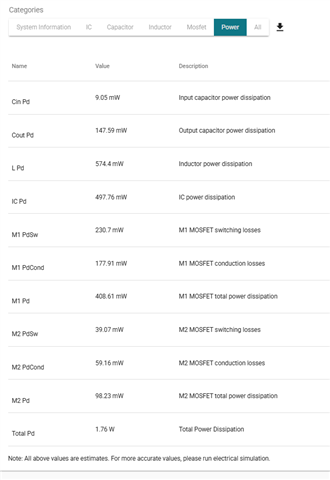Other Parts Discussed in Thread: LM25145
Tool/software:
Hi,
I am looking for a device that can operate under the following conditions.
I tried to check the operation using LM5148, but subharmonic oscillation occurred.
Changing the switching frequency or inductor would improve the situation, but that would not meet our usage requirements.
Please recommend a device.
-----
Device: Control IC (not built-in FET)
Control: analog (not serial interface)
Type: Buck or buck-boost
Input voltage: 22.8Vmin, 24.0Vtyp, 25.2Vmax
Output voltage: 21.5V
Output current: 8.1Amax
Soft start: Variable
Output capacitor: 4000uF
Switching frequency: 200-300kHz
Inductor: 3.3-4.7uH
Mode: FPWM only, or selectable PFM and FPWM (oscillation between 130-160kHz is not acceptable)
Other: Subharmonic oscillation must not occur
-----
Best regards,


